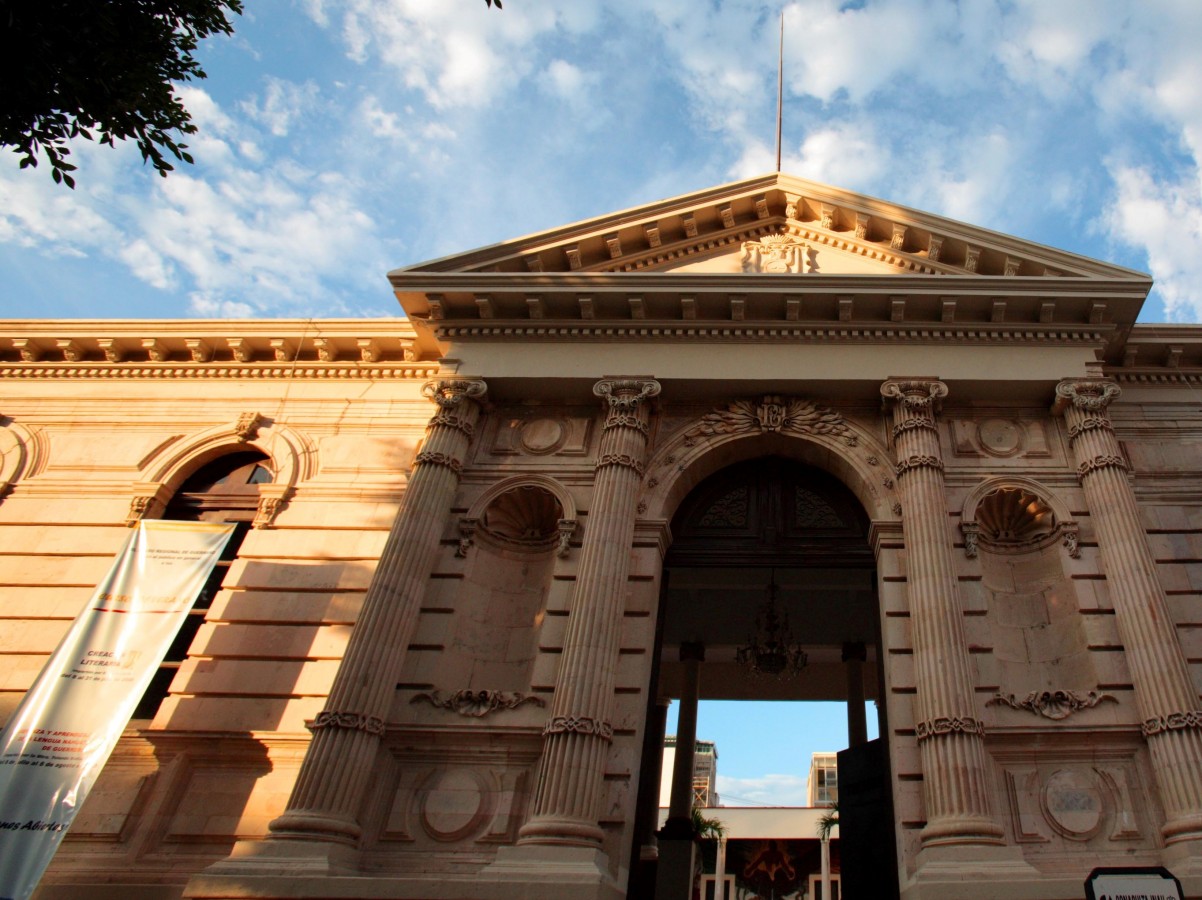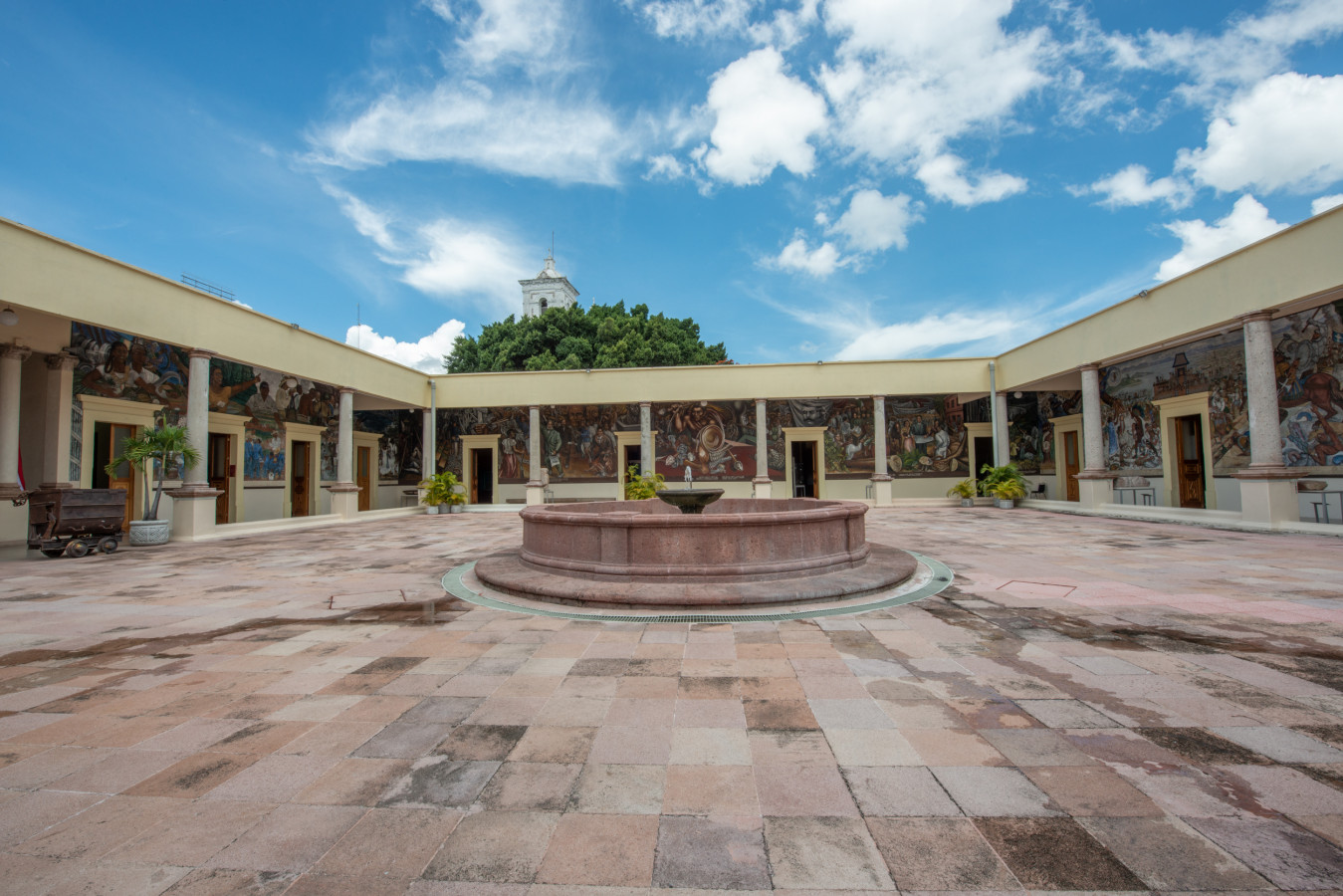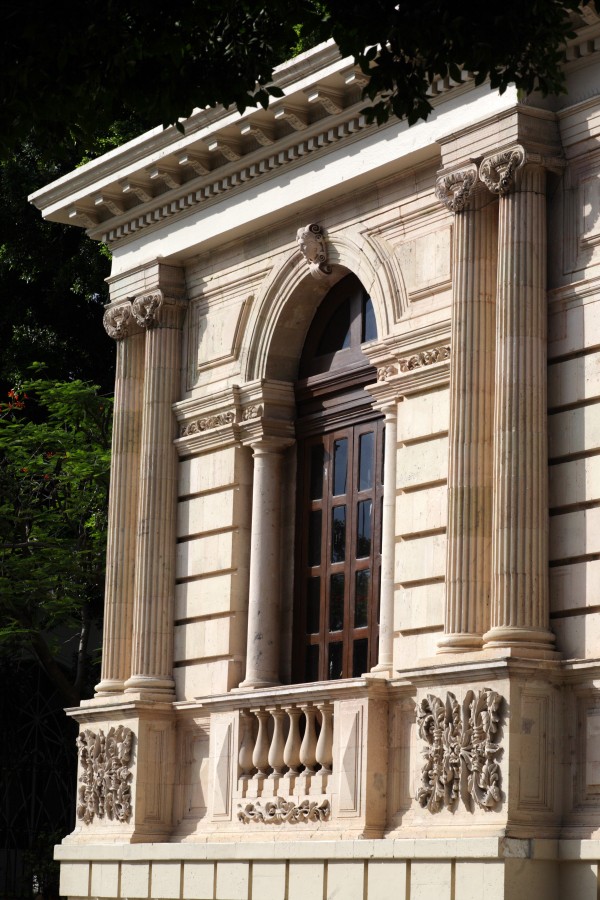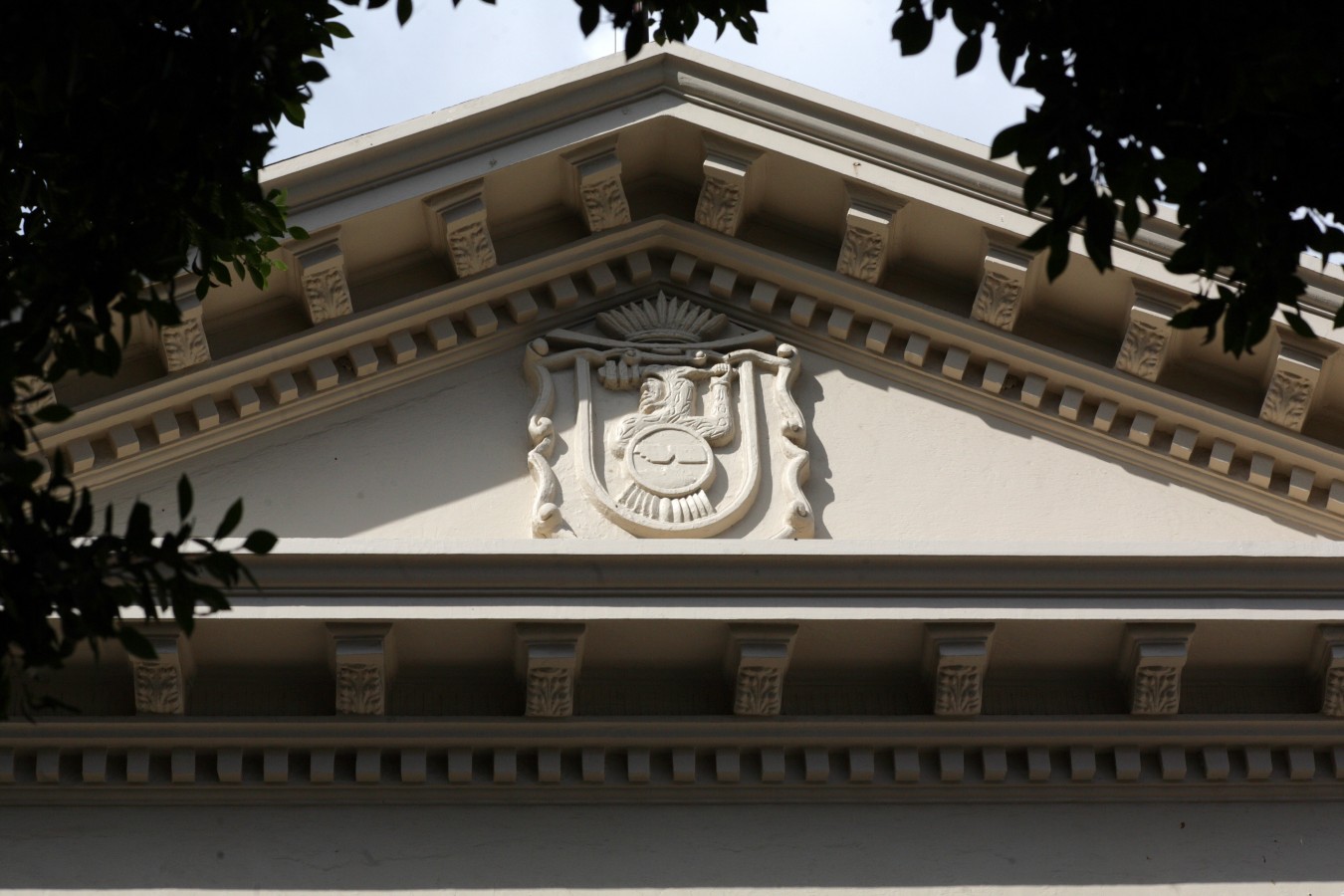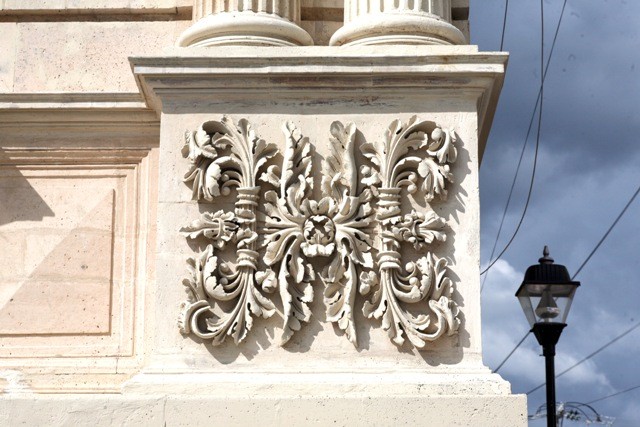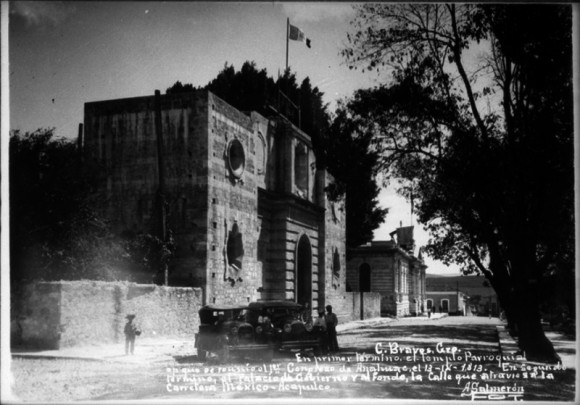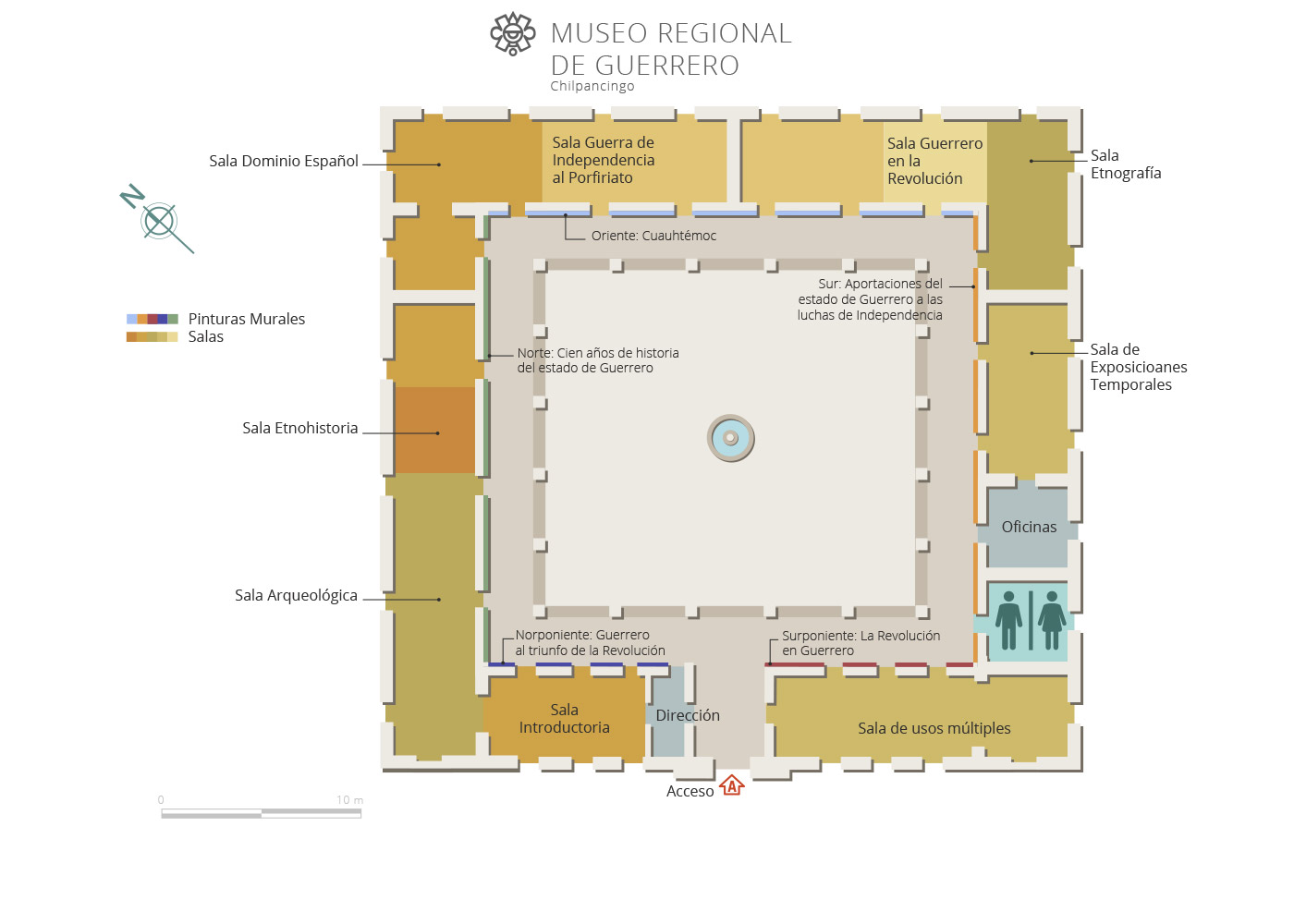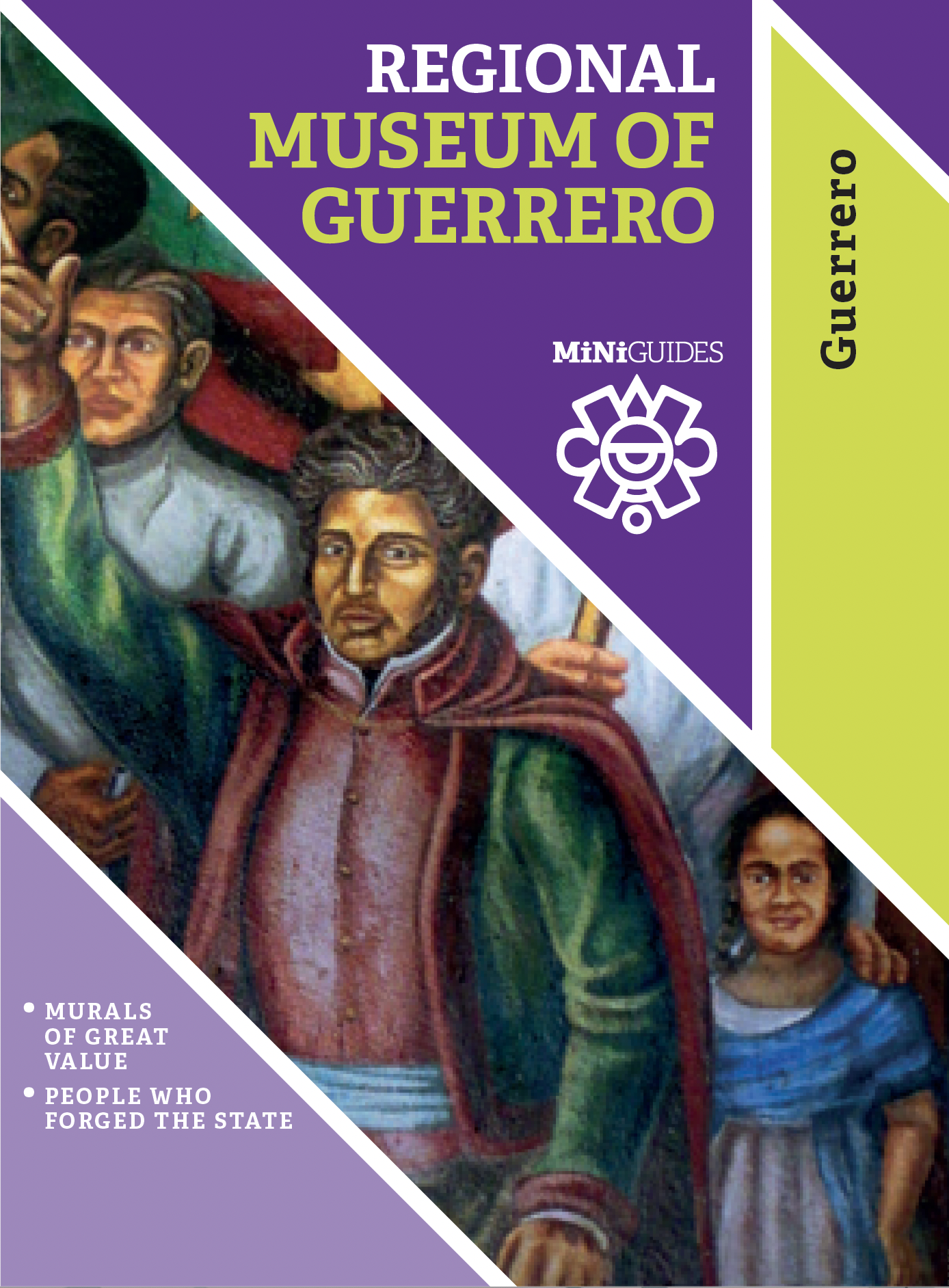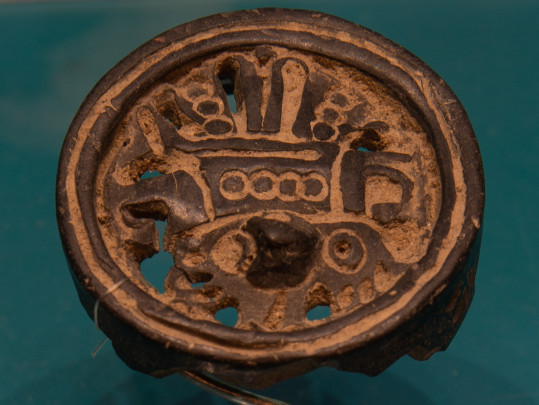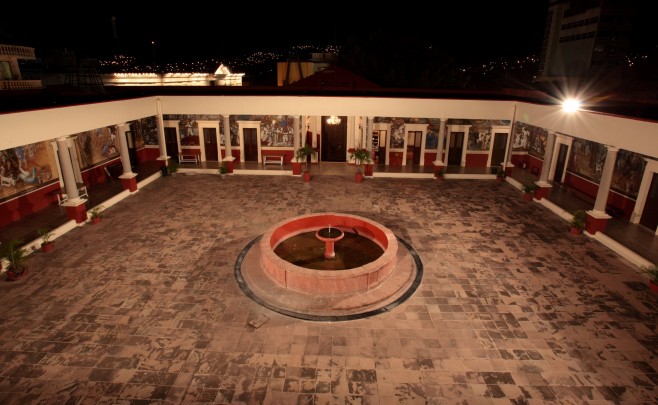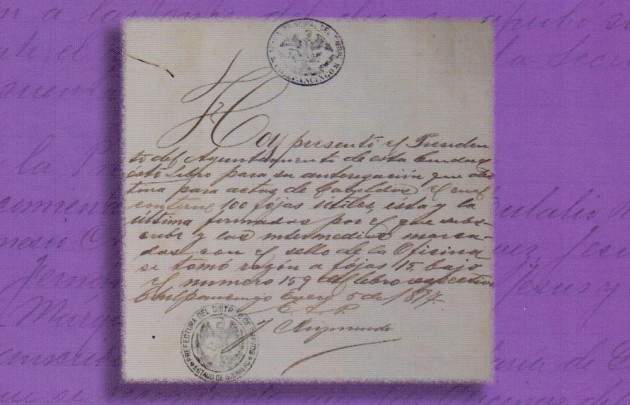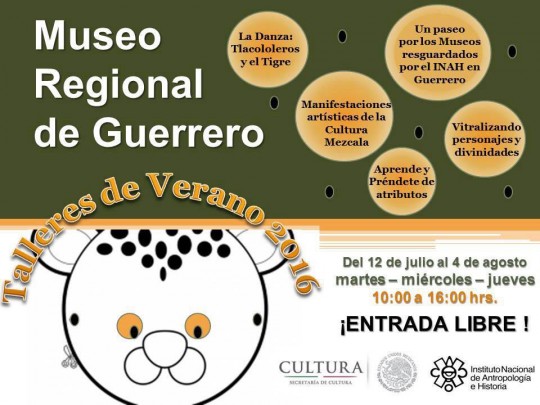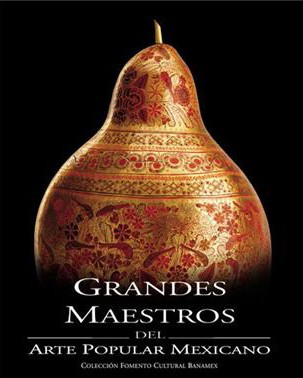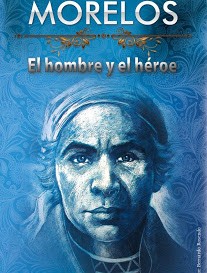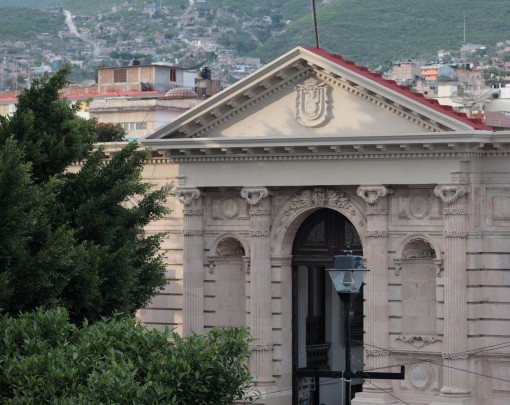Museo Regional de Guerrero
The former Government Palace, built in 1902, displays the history of Guerrero from pre-Hispanic times up to the triumph of the Restored Republic. A valuable collection primarily of the Mezcala culture, with costume from the viceregal period, the Manila galleons, mining and the War of Independence.
Regional
About the museum
The Regional Museum of Guerrero is located in a building dating to 1902, when it housed the Palace of Government. It is the only officially registered historical building in Chilpancingo and it is a most valuable part of the state’s heritage. The Neoclassical architecture is representative of the public buildings of the Porfiriato period. The mural paintings inside add to its artistic value. It was opened to the public in 1987.
The collection is mainly from the pre-Hispanic period. Other objects come from the viceregal period, including religious and military costume, lithographs, human remains and local fauna. The natural history collection includes minerals, dried specimens of fauna and flora, as well as information and illustrations of the physical geography of the state. The archeology collection includes samples of ceramics, shells, copper, obsidian, wood, bone and green stone from various cultures and periods from pre-Hispanic Guerrero, most notably the miniature sculptures from the Mezcala culture. The period of Spanish control includes material in the categories of art, religious worship and ornamentation and the military and commercial exchange with the Far East through the Manila galleons. Illustrations are presented of the Spanish military conquest, the encomienda system, the haciendas, mining and socio-political organization. The period of independence in the southern region of Mexico (referring to the states of Mexico, Puebla and Guerrero), emphasizing the role played by individuals such as José María Morelos y Pavón, Vicente Guerrero, Hermenegildo Galeana, Nicolás Bravo and Valerio Trujano. The scene is set by oil paintings, a light canon, a table which belonged to Vicente Guerrero, replicas of military insignia and a facsimile of the “Sentimientos de la Nación” (Feelings of the Nation) text. The nineteenth century section focuses on Independence to the Restored Republic, continuing through the 1847 Mexican-American War, the Revolution of Ayutla, the Reform War and the French Intervention. The participation of the south in these historical processes is highlighted alongside the establishment of the state of Guerrero as a political entity in 1849.
The collection is mainly from the pre-Hispanic period. Other objects come from the viceregal period, including religious and military costume, lithographs, human remains and local fauna. The natural history collection includes minerals, dried specimens of fauna and flora, as well as information and illustrations of the physical geography of the state. The archeology collection includes samples of ceramics, shells, copper, obsidian, wood, bone and green stone from various cultures and periods from pre-Hispanic Guerrero, most notably the miniature sculptures from the Mezcala culture. The period of Spanish control includes material in the categories of art, religious worship and ornamentation and the military and commercial exchange with the Far East through the Manila galleons. Illustrations are presented of the Spanish military conquest, the encomienda system, the haciendas, mining and socio-political organization. The period of independence in the southern region of Mexico (referring to the states of Mexico, Puebla and Guerrero), emphasizing the role played by individuals such as José María Morelos y Pavón, Vicente Guerrero, Hermenegildo Galeana, Nicolás Bravo and Valerio Trujano. The scene is set by oil paintings, a light canon, a table which belonged to Vicente Guerrero, replicas of military insignia and a facsimile of the “Sentimientos de la Nación” (Feelings of the Nation) text. The nineteenth century section focuses on Independence to the Restored Republic, continuing through the 1847 Mexican-American War, the Revolution of Ayutla, the Reform War and the French Intervention. The participation of the south in these historical processes is highlighted alongside the establishment of the state of Guerrero as a political entity in 1849.
March 1987
December 2016
Map
An expert point of view
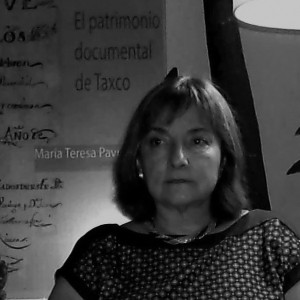
María Teresa Pavía Miller
Centro INAH Guerrero
Practical information
Tuesday to Sunday from 09:00 to 18:00 hrs.
Free entry
Visitas guiadas previa solicitud a los correos This email address is being protected from spambots. You need JavaScript enabled to view it. e This email address is being protected from spambots. You need JavaScript enabled to view it.
Plaza Cívica Primer Congreso de Anáhuac s/n,
Colonia Centro, C.P. 39000,
Chilpancingo de los Bravo, Guerrero, México.
Colonia Centro, C.P. 39000,
Chilpancingo de los Bravo, Guerrero, México.
-
+52 (747) 472 80 88
-
This email address is being protected from spambots. You need JavaScript enabled to view it.
Directory
Directora
Maura Liliana Ortiz Carrasco
This email address is being protected from spambots. You need JavaScript enabled to view it.
+52 (747) 472 80 88

